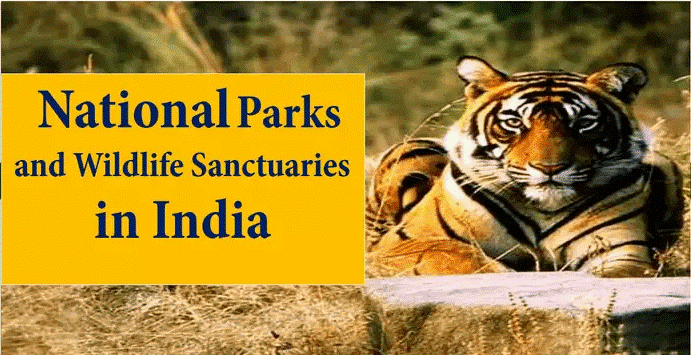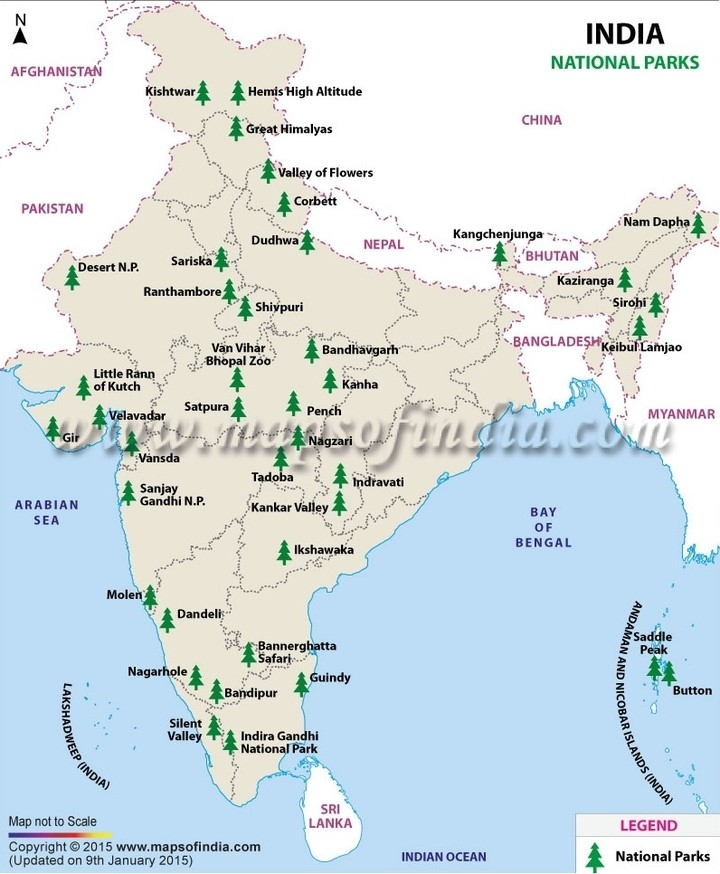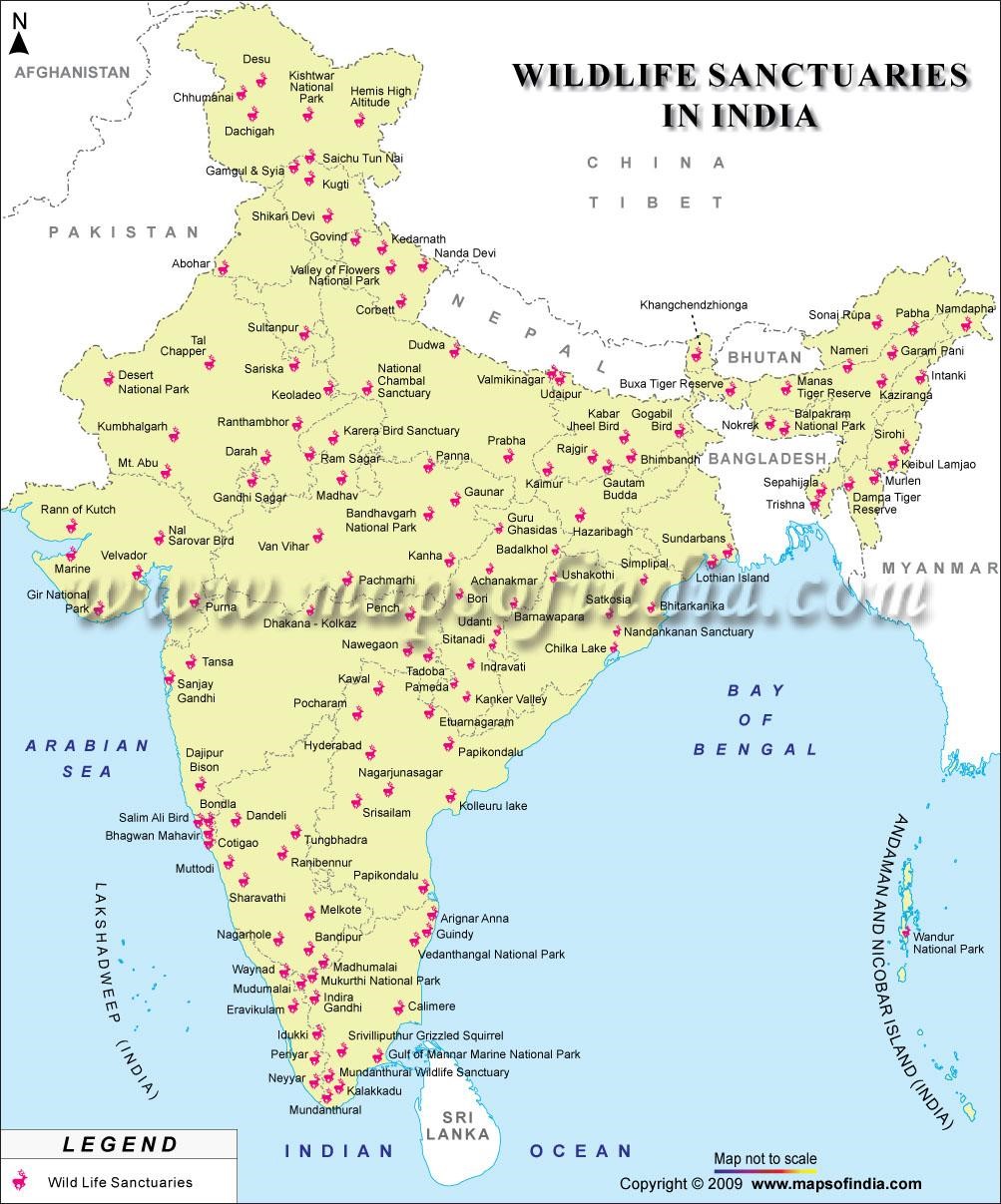Free Courses Sale ends Soon, Get It Now


Free Courses Sale ends Soon, Get It Now



Disclaimer: Copyright infringement not intended.
Context
Details
National Parks
Historical Development
Current Status
Largest and Smallest National Parks
Definition of a National Park in India

Wildlife Sanctuary
Classification and Numbers
Tiger Reserves and Special Significance
Oldest Bird Sanctuary
Legislation and Protection

Conclusion
The Wildlife Management is primarily the responsibility of State/Union Territory Governments. The Ministry also offers financial support to States/UTs through the 'Development of Wildlife Habitats' scheme. This assistance is based on the Annual Plans of Operation submitted by these governments, and it funds activities like constructing physical barriers such as barbed wire fences, solar-powered electric fences, bio-fencing using cactus, and boundary walls.
|
PRACTICE QUESTION Q. The preservation of tiger populations involves more than mere numerical growth, given that an increased tiger count necessitates larger habitats. However, these habitats are progressively shrinking due to ongoing human activities. Discuss the challenges posed by diminishing tiger habitats and propose strategies to address this issue effectively. (250 words) |
https://pib.gov.in/PressReleasePage.aspx?PRID=1947432
© 2024 iasgyan. All right reserved